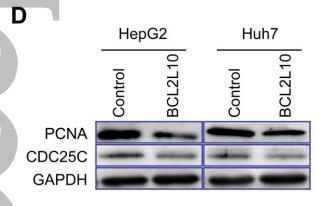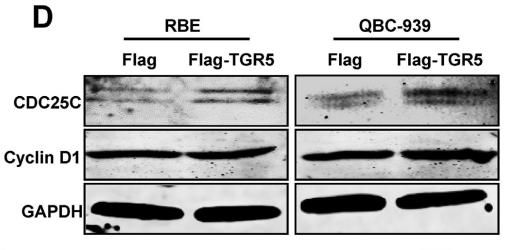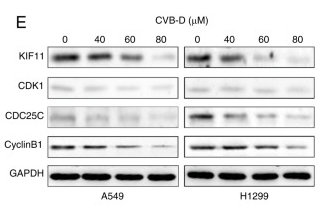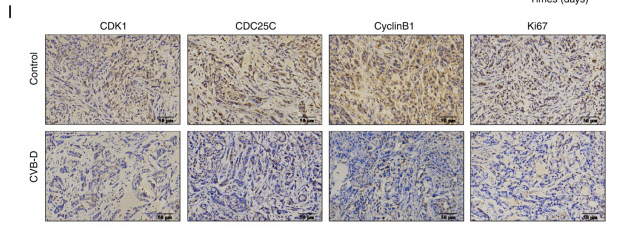产品描述
*The optimal dilutions should be determined by the end user.
*Tips:
WB: 适用于变性蛋白样本的免疫印迹检测. IHC: 适用于组织样本的石蜡(IHC-p)或冰冻(IHC-f)切片样本的免疫组化/荧光检测. IF/ICC: 适用于细胞样本的荧光检测. ELISA(peptide): 适用于抗原肽的ELISA检测.
引用格式: Affinity Biosciences Cat# AF6258, RRID:AB_2835119.
展开/折叠
CDC 25; Cdc 25C; CDC25; CDC25C; Cell division cycle 25 homolog C; Cell division cycle 25C; Cell division cycle 25C protein; Dual specificity phosphatase Cdc25C; M phase inducer phosphatase 3; M-phase inducer phosphatase 3; Mitosis inducer CDC25; MPIP3; MPIP3_HUMAN; Phosphotyrosine phosphatase; PPP1R60; protein phosphatase 1, regulatory subunit 60;
抗原和靶标
- P30307 MPIP3_HUMAN:
- Protein BLAST With
- NCBI/
- ExPASy/
- Uniprot
MSTELFSSTREEGSSGSGPSFRSNQRKMLNLLLERDTSFTVCPDVPRTPVGKFLGDSANLSILSGGTPKRCLDLSNLSSGEITATQLTTSADLDETGHLDSSGLQEVHLAGMNHDQHLMKCSPAQLLCSTPNGLDRGHRKRDAMCSSSANKENDNGNLVDSEMKYLGSPITTVPKLDKNPNLGEDQAEEISDELMEFSLKDQEAKVSRSGLYRSPSMPENLNRPRLKQVEKFKDNTIPDKVKKKYFSGQGKLRKGLCLKKTVSLCDITITQMLEEDSNQGHLIGDFSKVCALPTVSGKHQDLKYVNPETVAALLSGKFQGLIEKFYVIDCRYPYEYLGGHIQGALNLYSQEELFNFFLKKPIVPLDTQKRIIIVFHCEFSSERGPRMCRCLREEDRSLNQYPALYYPELYILKGGYRDFFPEYMELCEPQSYCPMHHQDHKTELLRCRSQSKVQEGERQLREQIALLVKDMSP
种属预测
score>80的预测可信度较高,可尝试用于WB检测。*预测模型主要基于免疫原序列比对,结果仅作参考,不作为质保凭据。
High(score>80) Medium(80>score>50) Low(score<50) No confidence
研究背景
Functions as a dosage-dependent inducer in mitotic control. Tyrosine protein phosphatase required for progression of the cell cycle. When phosphorylated, highly effective in activating G2 cells into prophase. Directly dephosphorylates CDK1 and activates its kinase activity.
Phosphorylated by CHEK1 and MAPK14 at Ser-216. This phosphorylation creates a binding site for 14-3-3 protein and inhibits the phosphatase. Phosphorylated by PLK4. Phosphorylated by PLK1, leading to activate the phosphatase activity. Phosphorylation by PLK3 at Ser-191 promotes nuclear translocation. Ser-198 is a minor phosphorylation site. Was initially reported to be phosphorylated by PLK3 at Ser-216. However, such phosphorylation by PLK3 was not confirmed by other groups. Phosphorylation at Thr-48, Thr-67, Ser-122, Thr-130, Ser-168 and Ser-214 occurs at G2 and G2-M transition and is probably catalyzed by CDK1. Ser-168 phosphorylation levels are lower than those at the other 5 CDK1 sites. Phosphorylation by CDK1 leads to increased activity.
Nucleus.
Interacts with MAPK14 and 14-3-3 proteins. When phosphorylated on Ser-129 and/or Thr-130, interacts with PLK1.
(Microbial infection) Interacts with HIV-1 Vpr; this interaction inactivates CDC25C phosphatase activity.
Belongs to the MPI phosphatase family.
研究领域
· Cellular Processes > Cell growth and death > Cell cycle. (View pathway)
· Cellular Processes > Cell growth and death > Oocyte meiosis. (View pathway)
· Human Diseases > Cancers: Overview > MicroRNAs in cancer.
· Organismal Systems > Endocrine system > Progesterone-mediated oocyte maturation.
文献引用
Application: WB Species: Human Sample: NSCLC cells
Application: IHC Species: Mouse Sample: A549 cells
Application: WB Species: Human Sample: CC cell
Application: WB Species: human Sample:
限制条款
产品的规格、报价、验证数据请以官网为准,官网链接:www.affbiotech.com | www.affbiotech.cn(简体中文)| www.affbiotech.jp(日本語)产品的数据信息为Affinity所有,未经授权不得收集Affinity官网数据或资料用于商业用途,对抄袭产品数据的行为我们将保留诉诸法律的权利。
产品相关数据会因产品批次、产品检测情况随时调整,如您已订购该产品,请以订购时随货说明书为准,否则请以官网内容为准,官网内容有改动时恕不另行通知。
Affinity保证所销售产品均经过严格质量检测。如您购买的商品在规定时间内出现问题需要售后时,请您在Affinity官方渠道提交售后申请。产品仅供科学研究使用。不用于诊断和治疗。
产品未经授权不得转售。
Affinity Biosciences将不会对在使用我们的产品时可能发生的专利侵权或其他侵权行为负责。Affinity Biosciences, Affinity Biosciences标志和所有其他商标所有权归Affinity Biosciences LTD.





